Collective Molecular Activities of the Plant: Arundo Donax
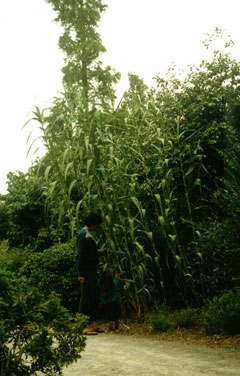
Country/Region:
Lebanon; Italy; China; India; ThailandTraditional Medicine System:
TCM; Homeopathy; Ayurveda; SiddhaMedicinal Functions:
Diaphoretic; Diuretic; Emollient; Galactofuge; Hypotensive
Brazil; Afghanistan; Madagascar; Italy; Bangladesh; Lebanon; Nepal; Costa Rica; Cambodia; France; Bahamas; Ethiopia; Trinidad and Tobago; Somalia; Peru; Laos; Argentina; Bolivia; Vanuatu; Ecuador; Turkmenistan; Saudi Arabia; Australia; Iran; Algeria; Cuba; El Salvador; Turkey; Venezuela; Cape Verde; Russia; Suriname; Guatemala; China; Chile; Tajikistan; Thailand; Dominican Republic; Iraq; Kazakhstan; Spain; Georgia; Libya; Pakistan; Oman; Philippines; Indonesia; New Caledonia; United States; Morocco; Seychelles; French Guiana; Namibia; New Zealand; Yemen; Haiti; Jamaica; Albania; Portugal; Myanmar; Mexico; Egypt; Fiji; South Africa; India; Nicaragua; Uzbekistan; Tunisia; Austria; Vietnam; Colombia; Greece; Sri Lanka; Japan; Cyprus; Botswana
Overview of Ingredients
41 All known Ingredients in Total
Unique ingredients have been isolated from this plant.Plant-Ingredients Associations were manually curated from publications or collected from other databases.
28 Ingredients with Acceptable Bioavailablity
Unique ingredients exhibit acceptable human oral bioavailablity, according to the criteria of SwissADME [PMID: 28256516] and HobPre [PMID: 34991690]. The criteria details:SwissADME: six descriptors are used by SwissADME to evaluate the oral bioavailability of a natural product:
☑ LIPO(Lipophility): -0.7 < XLOGP3 < +5.0
☑ SIZE: 150g/mol < MW < 500g/mol
☑ POLAR(Polarity): 20Ų < TPSA < 130Ų
☑ INSOLU(Insolubility): -6 < Log S (ESOL) < 0
☑ INSATU(Insaturation): 0.25 < Fraction Csp3 < 1
☑ FLEX(Flexibility): 0 < Num. rotatable bonds < 9
If 6 descriptors of a natural plant satisfy the above rules, it will be labeled high HOB.
HobPre: A natural plant ingredient with HobPre score >0.5 is labeled high human oral availability (HOB)
13 Ingredients with experimental-derived Activity
Unique ingredients have activity data available.Ingredient Structrual Cards
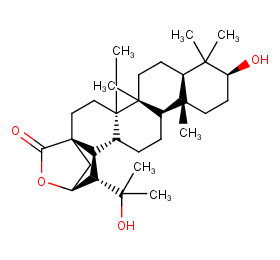
Ingredient ID: NPC8682

Ingredient ID: NPC85685

Ingredient ID: NPC80442
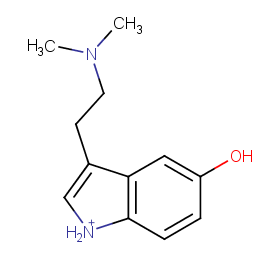
Ingredient ID: NPC80251
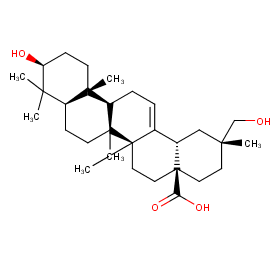
Ingredient ID: NPC78479
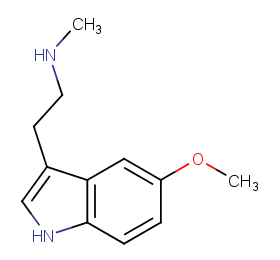
Ingredient ID: NPC76748
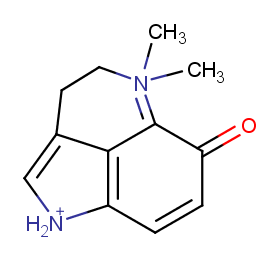
Ingredient ID: NPC76582
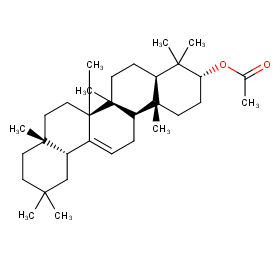
Ingredient ID: NPC76219
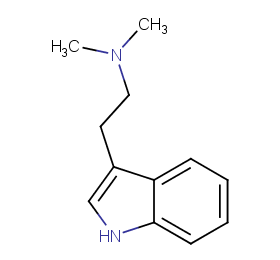
Ingredient ID: NPC73767
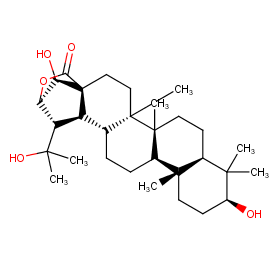
Ingredient ID: NPC70294
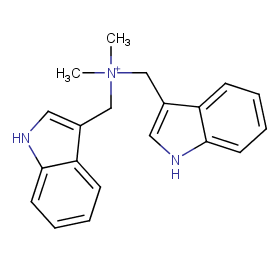
Ingredient ID: NPC62772

Ingredient ID: NPC52197
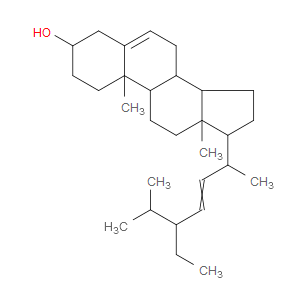
Ingredient ID: NPC328788
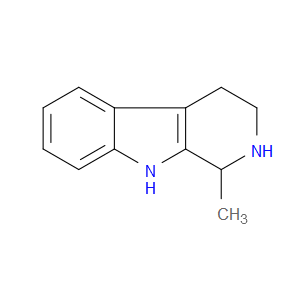
Ingredient ID: NPC325252

Ingredient ID: NPC316926
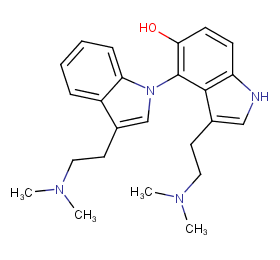
Ingredient ID: NPC305790
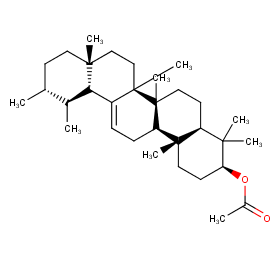
Ingredient ID: NPC290495
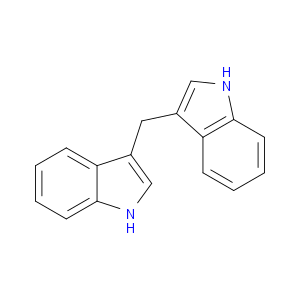
Ingredient ID: NPC288838
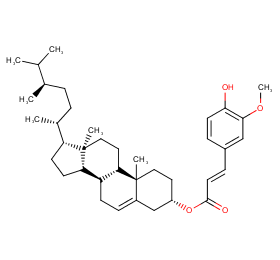
Ingredient ID: NPC280717
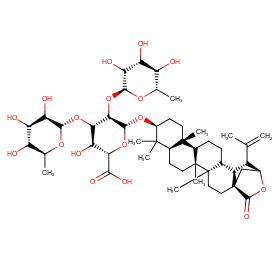
Ingredient ID: NPC273962

Ingredient ID: NPC262920
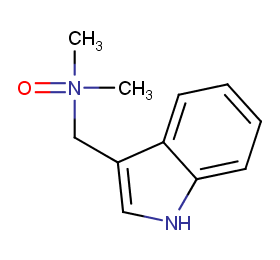
Ingredient ID: NPC247698
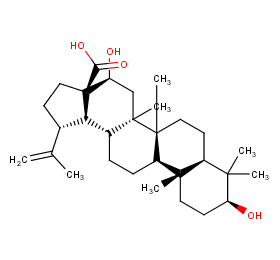
Ingredient ID: NPC230929

Ingredient ID: NPC218682
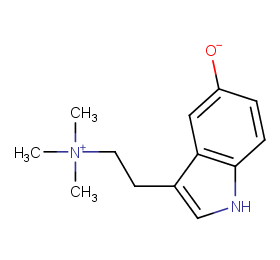
Ingredient ID: NPC216392
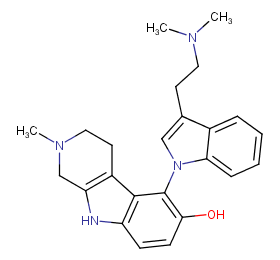
Ingredient ID: NPC21014
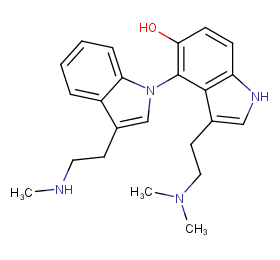
Ingredient ID: NPC20605

Ingredient ID: NPC196776
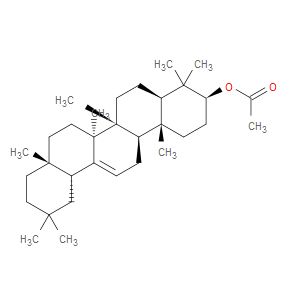
Ingredient ID: NPC195334
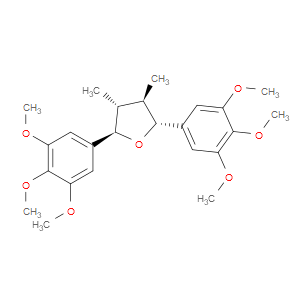
Ingredient ID: NPC186845

Ingredient ID: NPC181225
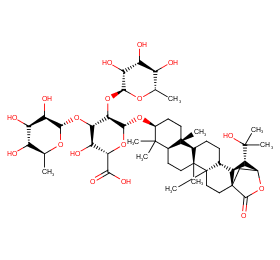
Ingredient ID: NPC179429
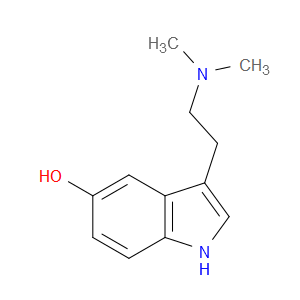
Ingredient ID: NPC171171
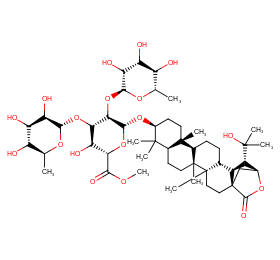
Ingredient ID: NPC165284
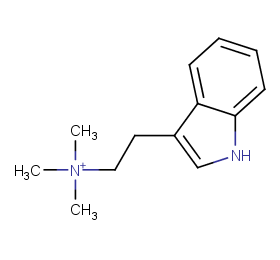
Ingredient ID: NPC15746
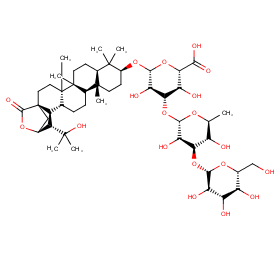
Ingredient ID: NPC156028
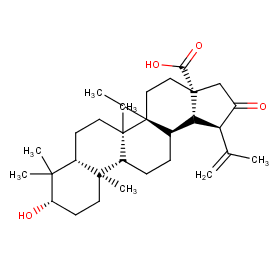
Ingredient ID: NPC146170
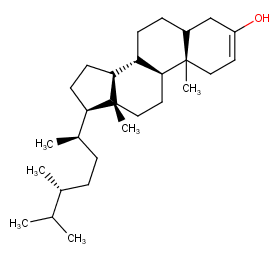
Ingredient ID: NPC137167
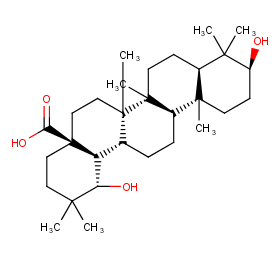
Ingredient ID: NPC114679
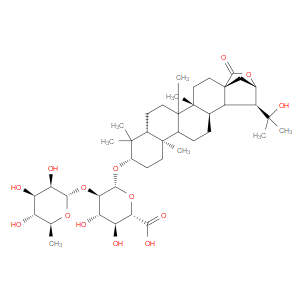
Ingredient ID: NPC112586

Ingredient ID: NPC110126
Classification of Human Proteins Collectively Targeted by the Plant
Detailed Information of Target Proteins
| Target Type | Protein Class | Gene ID | Protein Name | Uniprot ID | Target ChEMBL ID |
|---|---|---|---|---|---|
| Therapeutic Target | Small molecule receptor (family A GPCR) | HTR2C | Serotonin 2c (5-HT2c) receptor | P28335 | CHEMBL225 |
| Therapeutic Target | Small molecule receptor (family A GPCR) | HTR2B | Serotonin 2b (5-HT2b) receptor | P41595 | CHEMBL1833 |
| Therapeutic Target | Small molecule receptor (family A GPCR) | HTR1A | Serotonin 1a (5-HT1a) receptor | P08908 | CHEMBL214 |
| Therapeutic Target | Small molecule receptor (family A GPCR) | HTR2A | Serotonin 2a (5-HT2a) receptor | P28223 | CHEMBL224 |
Clinical trials associated with plant from natural product (NP) & plant level:
| Clinical trials type | Number of clinical trials | |
|---|---|---|
| 4 | ||
| NCT ID | Title | Condition | Form in clinical use | Associated by plant or compound |
|---|---|---|---|---|
| NCT00450229 | Diindolylmethane in Treating Patients Undergoing Surgery for Stage I or Stage II Prostate Cancer | prostate adenocarcinoma | Arundine (NPC288838) | |
| NCT00462813 | Diindolylmethane in Treating Patients With Abnormal Cervical Cells | cervical cancer | Arundine (NPC288838) | |
| NCT01391689 | Diindolylmethane in Treating Patients With Breast Cancer | breast cancer | Arundine (NPC288838) | |
| NCT01612910 | Oral Microencapsulated Diindolylmethane in Treating Patients With Stage II-III Triple Negative, Androgen Receptor Positive Breast Cancer Who Have Undergone Chemotherapy and Surgery | breast cancer | Arundine (NPC288838) |
❱❱❱ Associated Human Diseases and Detailed Association Evidence
How do we define the Plant-Targeted Human Disease Association?
Associated human diseases of an individual plant are summurized based on FOUR types of association evidence, these include:
❶ Association by Therapeutic Target: Bioactive protein targets of the plant were defined in "Molecular Targets" section, target-disease associations collected from TTD database were subsequently used to build the associations between the plant and its targeted human diseases.
❷ Association by Disease Gene Reversion: Plant and a specific disease will be associated when >= 1 plant target gene overlaped with disease's DEGs.
❸ Association by Clinical Trials of Plant: Plant and a specific disease will be associated when >= 1 clinical trial (the plant is the intervetion) can be matched in ClinicalTrials.gov database.
❹ Association by Clinical Trials of Plant Ingredients: Plant and a specific disease will be associated when >= 1 clinical trial (the plant ingredient is the intervetion) can be matched in ClinicalTrials.gov database.
Associated Disease of the Plant | Association Type & Detailed Evidence |
|---|---|
Acute diabete complicationDisease Category: 05.Endocrine, nutritional or metabolic diseasesDisease ICD-11 Code: 5A2Y |
HTR2C,HTR2A
|
Adenocarcinoma of bronchus or lungDisease Category: 02.NeoplasmsDisease ICD-11 Code: 2C25.0 |
HTR2C,CYP2D6,GPR84,HTR2B
|
Adenocarcinoma of pancreasDisease Category: 02.NeoplasmsDisease ICD-11 Code: 2C10.0 |
GPR84,HTR2A,HTR2B
|
Adenocarcinoma of prostateDisease Category: 02.NeoplasmsDisease ICD-11 Code: 2C82.0 |
NCT00450229
|
Adenocarcinoma of stomachDisease Category: 02.NeoplasmsDisease ICD-11 Code: 2B72.0 |
HTR2C,GPR84
|
Alzheimer diseaseDisease Category: 08.Diseases of the nervous systemDisease ICD-11 Code: 8A20 |
HTR2C,HTR1A,HTR2A
|
AnxietyDisease Category: 21.Symptoms, signs or clinical findings, not elsewhere classifiedDisease ICD-11 Code: MB24.3 |
HTR2C,HTR1A,HTR2A
|
Attention deficit hyperactivity disorderDisease Category: 06.Mental, behavioural or neurodevelopmental disordersDisease ICD-11 Code: 6A05 |
HTR2B,HTR2A,HTR1A,HTR2C
|
Bipolar disorderDisease Category: 06.Mental, behavioural or neurodevelopmental disordersDisease ICD-11 Code: 6A60 |
HTR2A,HTR1A
|
Breast cancerDisease Category: 02.NeoplasmsDisease ICD-11 Code: 2C60-2C6Y |
NCT01612910,NCT01391689
|

